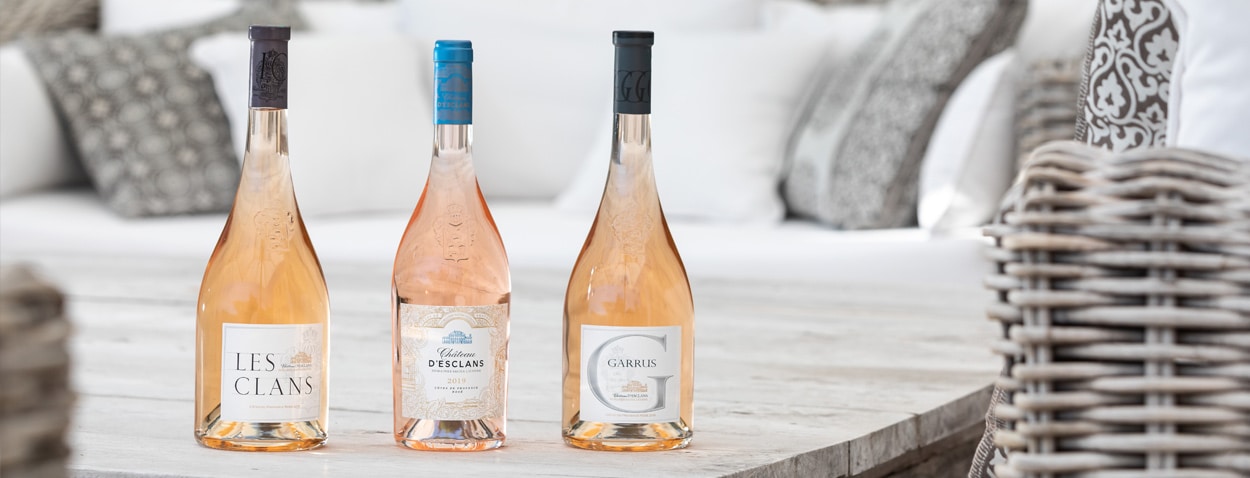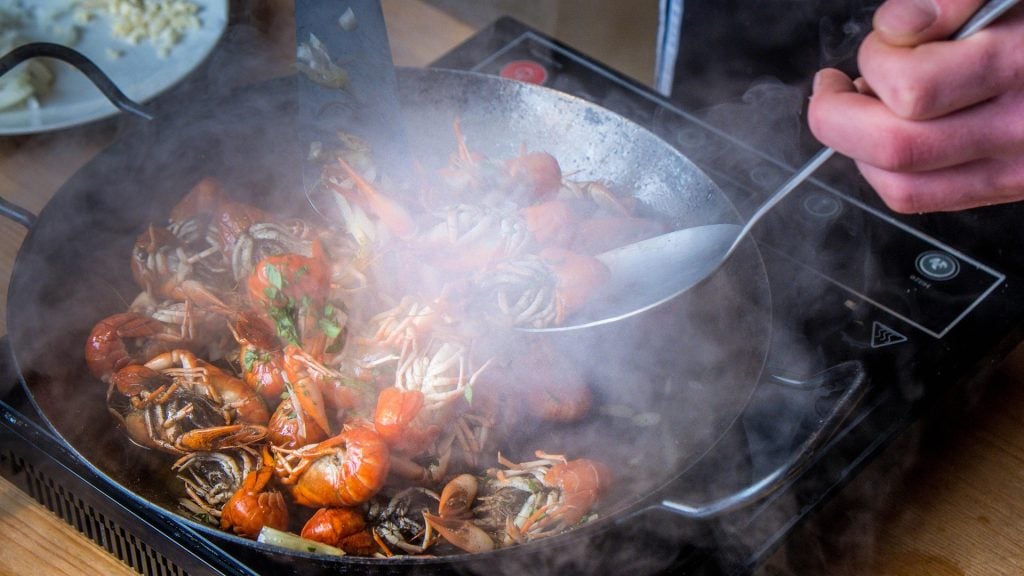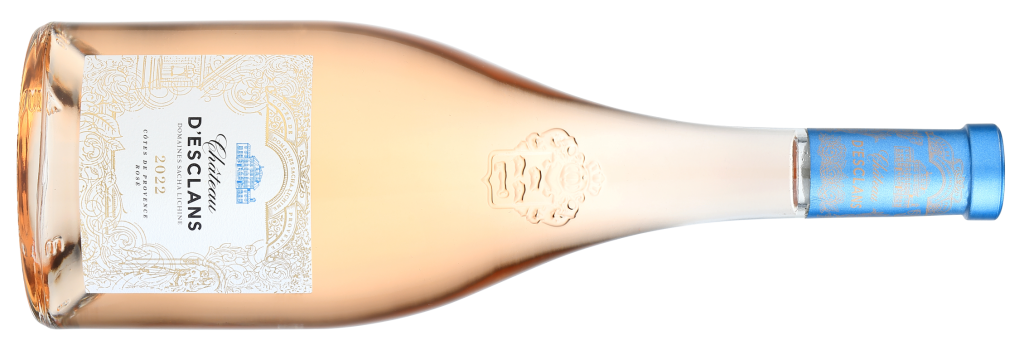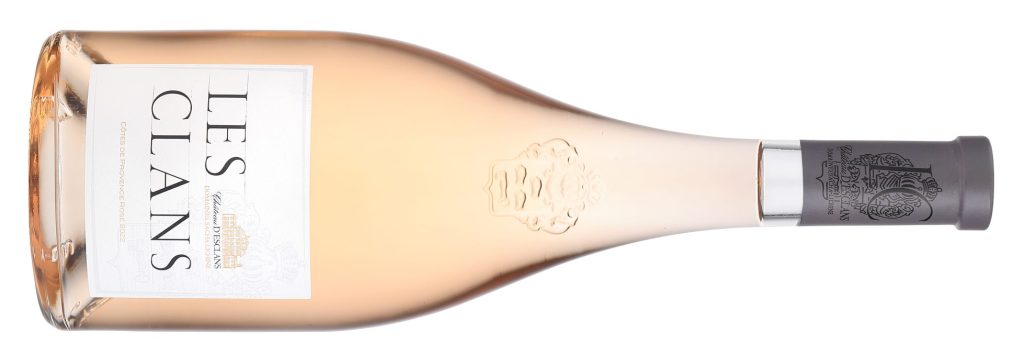The Drinks Business


AWhat to eat with Château d’Esclans rosé
By Michael Huband
While many drinkers are unsure of food pairings to match rosé, Château d’Esclans has suggested the perfect dishes to accompany its estate wines, from quiche to caviar.

Rosé has been one of the wine industry’s great success stories of this century, and Provence rosé has been central to that. Between 2010 and 2022, exports of Provence rosé have more than quadrupled and their average value has doubled.
Moreover, the southern French region has become the benchmark for the category globally: consumers judge the competition in relation to Provence.
The appeal has certainly proved irresistible. But it has also frequently been simplified. Too often, Provence rosé is characterised as just a hot weather wine: crisp, inoffensive and made for sipping by the pool. It is a characterisation that the region’s best producers are now refuting.
Château d’Esclans is a prime example. Founded in 2006 by Sacha Lichine, it was born of a mission to create the greatest rosés in the world.
The property is situated northeast of St. Tropez, looking over valleys and, in the distance, towards the Mediterranean. It offers a perfect position to craft authentic, quality-driven rosé.
Alongside founding winemaker Patrick Léon, Lichine built a portfolio that embraced both Provence tradition and innovative winemaking. It includes a variety of styles – now sold in more than 100 countries – that show the breadth of potential for rosé in Provence.
Of course, in that range there are still refreshing wines to sip by the pool. Whispering Angel – a category leader – is far more complex than the stereotype, but it undeniably serves as a popular thirst-quencher.
Yet Provence rosé, as made by Château d’Esclans, showcases far more than freshness and drinkability. The estate wines, in particular, have gastronomic potential that drinkers sometimes overlook. So what is the pairing potential of the high end rosés? We spoke to the winemaking team for their recommendations.
Château d’Esclans

Made solely with grapes from the Château’s own vineyards, this estate wine brings together the approaches that define the winery.
Its blended Grenache and Rolle grapes are picked early in the morning, preserving freshness before the Provençal sun starts to heat the vines. They are then fermented in a mix of stainless steel and barrels, preserving the quintessential freshness while adding fullness and a smooth, creamy texture.
This complex wine is elegant and versatile, so the dishes it can accompany are likewise wide-ranging. Its winemakers recommend richer vegetarian dishes, such as ratatouille, quiche lorraine or a salad of apple, walnuts and goat’s cheese. Equally, Château d’Esclans can complement fresher meat-based dishes, like beef carpaccio or chicken with tomatoes, olives and lemon risotto.
Les Clans

Though bearing the estate’s hallmarks, Les Clans marks a step-change in the gastronomic ambition of the range. Once again employing Grenache and Rolle, its winemaking is founded on principles of sophistication and richness.
In practice, that means 100% oak fermentation and maturation, using 600 litre temperature-controlled demi-muids. Twice weekly bâtonnage over its eleven months of ageing further builds its rich profile.
Lobster, sea bass ceviche and tuna tartare: the suggested pairings use Les Clans’ combination of body, elegance and exotic notes to complement richer servings of fish and sea food. It also, however, has the weight and balance to pair with French classics such as steak au poivre, cheese soufflé and terrine of foie gras.
Garrus

The combination of outstanding vineyards and precise winemaking has made Garrus a benchmark for fine rosé. It is concentrated and creamy, with richness and spicy notes that evoke top Burgundy and prestige Champagne.
Given the ambition behind it, the winemakers recommend iconic French dishes. It can offer freshness against some of the finest dishes in the world, like caviar or goat’s cheese. It also works well against the buttery delicacy of grilled sole with beurre blanc.
However, this is not a wine confined to a world of Michelin stars. Garrus’ combination of freshness and richness makes it ideal for humbler dishes that might grace the table at a family gathering. It will complement a rack of lamb, côte de bœuf with béarnaise sauce or roast chicken and sautéed rosemary potatoes – a wine equally suited to silver service as to grand-mère and grand-père’s dining room.